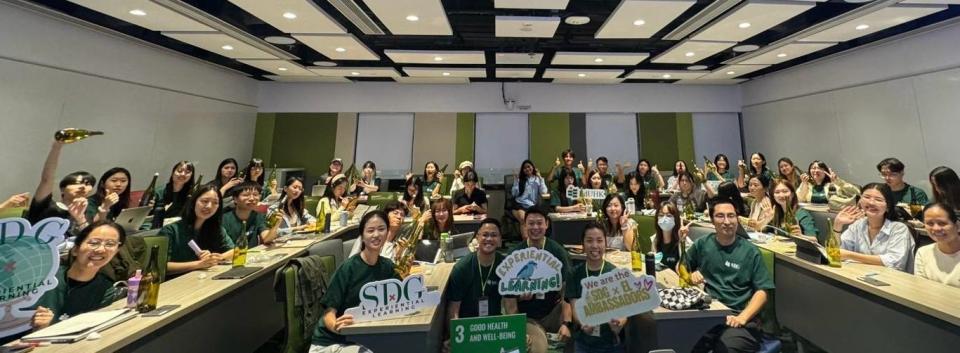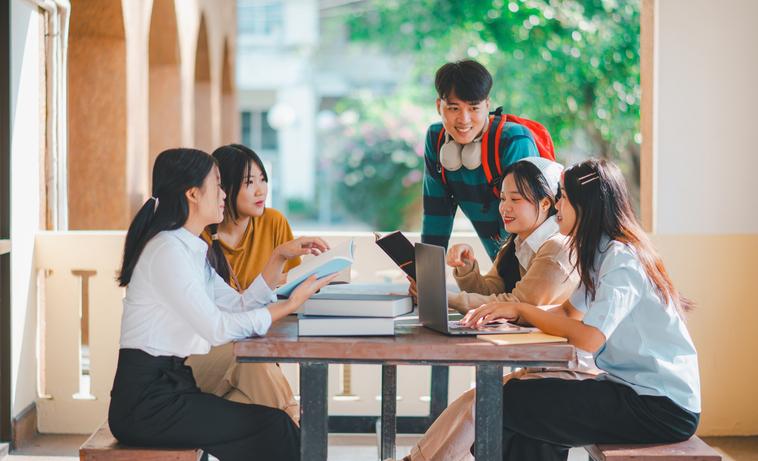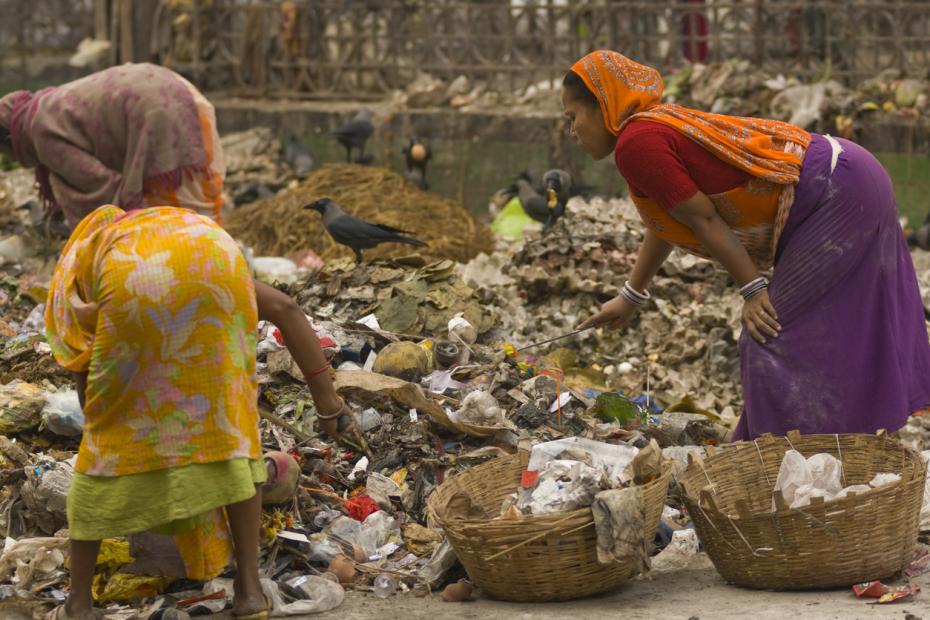The 2030 deadline for achieving the Sustainable Development Goals (SDG) is drawing closer, but when it comes to solutions, there is still a lot to be desired. Experts and scholars agree that higher education institutions are key players in this matter, and SDG 4: Quality Education stays valuable for giving individuals the literacy and competencies needed to accomplish the SDGs.
But in a complex world with growing problems, how can higher education equip students to tackle real-world issues? And how can institutions prepare them for problems beyond their areas of discipline?
Here’s how we, as educators, can help students take on this challenge.
The potential of an SDG-focused co-curriculum
Incorporating SDG promotion in formal curricula is replete with challenges, as there is usually a lack of alignment of pedagogy, curricula and student experience. More importantly, attempts to include SDG topics in formal curricula may have disciplinary limitations. For example, health and education students are more professionally involved with SDGs compared with others, owing to the nature of their courses. As a result, many university students are ignorant of the SDGs.

Co-curricular courses – subjects or activities undertaken beyond the formal coursework – could be a potential solution. As co-curricular courses are not restricted to any academic discipline, they can allow for greater flexibility in promoting SDG awareness and engagement among students of diverse academic backgrounds. Because of this, they have the potential to reach more students and encourage interdisciplinary solutions, even with just a single session.
Take SDG 3 (Good Health and Well-being), for example. Traditionally, health or psychology majors are more exposed to possible solutions for good physical and mental health. Although this is valuable, it also limits solutions to these two fields.
But when we teach a co-curricular course to a class with not only health and psychology majors, but also education, engineering, linguistics, economics and natural sciences majors, the expertise and knowledge from various disciplines is leveraged to target health and well-being issues, using fresh perspectives and out-of-the-box solutions.
- Put food sustainability on your university’s menu
- Support smaller businesses’ sustainability efforts through education
- Sustainability education isn’t just an add-on – it’s a foundation for the future
Designing co-curricular courses focused on the SDGs can supplement discipline-specific expertise with sustainability literacy and competencies. This can push the 2030 agenda forward faster than relying on a single curricular course alone.
Students have a unique perspective and drive for change
Students in higher education are in a unique position. On one hand, they are still under the supervision of academic experts and are tasked simply to develop skills within their discipline. On the other, they have limitless potential, fuelled by ideology and optimism. This makes them an invaluable resource to mobilise towards the goal of sustainability.
But how do we get them to buy into sustainability?
There is no single way. Individual differences play a huge role in encouraging students to commit to anything outside their curricular responsibilities. However, making the global feel personal helps drive the point close to home. “How does global poverty affect me and the way I live my life?” (SDG 1). “How will my shopping choices now affect my options in the future?” (SDG 12). “What do rising ocean temperatures mean for me and my future plans?” (SDG 14).
When a diverse group of students are equipped with sustainability values, these values can transform actions into meaningful change that is embedded into different fields in the real world.
Leveraging experiential learning
Most students will agree that they remember lessons taught in out-of-classroom activities more than traditional pedagogies. Combining co-curricular activities with experiential lessons becomes more meaningful – and more memorable – for students. These SDG lessons are then easier to apply into their daily lives.
Specifically, experiential learning in the context of SDG co-curricula must:
- Engage students in activities that are relevant and easy to connect to the SDGs – such as introducing them to the concept of mental health first aid, guiding them to create their own gratitude bottles using recycled wine bottles and providing an opportunity to speak with a Suicide Hotline responder on World Mental Health Day under the theme Good Health and Well-being (SDG 3)
- Provide opportunities for group and self-reflection with thought-provoking questions
- Challenge students to analyse the concepts and knowledge they just learned
- Culminate in experiments and real-world applications in their everyday lives
- Be accessible not only through traditional paper-and-pen modules but also through innovative platforms like online courses, infographics, videos and other short-form digital content.
Most importantly, experiential learning activities should allow for some trial-and-error. SDG literacy and competencies remain abstract concepts, unless they are practised.
For instance, under SDG 4: Quality Education, we partner with a local NGO that offers free tutoring to students from low-income families. Aware that these students often have limited access to technology and educational resources, this collaboration supports the goal of providing inclusive and equitable quality education.
To this end, our university students organise free GenAI classes for the service users, offering early exposure to GenAI knowledge and skills. This helps prevent these learners from falling behind in an AI-driven future. Our students gain valuable teaching experience and connect with underserved communities.
Without first-hand exposure to the educational disparities faced by under-resourced populations, and without applying their academic knowledge, teaching skills and AI literacy to create real-world change, sustainable development risks remaining theoretical – something in the head rather than in the heart or hands. Co-curricular activities should support experimentation that is supervised, encourages accountability and gives students chances to help to solve problems in real life.
Overall, there is a lot of room for new and innovative solutions when it comes to embedding the SDGs in experiential learning. Helping students become more prepared for these real-world challenges will mean solutions that go beyond the formal curriculum, maximise the resources of youth and give these competencies a chance to develop more meaningfully in students. Though it is not, in any way, a perfect solution, it has the potential to be a step forward in the right direction.
Michelle Cheng Wing Tung is assistant professor in the department of curriculum and instruction at The Education University of Hong Kong.
This project is funded by the Central Reserve Allocation Committee of the Education University of Hong Kong. As the PI of this project, the author is very grateful for the university’s support and the contributions of all the project team members, especially the Co-PIs Norman Mendoza and Xiong Weiyan, and our project assistants Jelli Juzano and Jenni Hong. More details about the project can be found on this website.
If you would like advice and insight from academics and university staff delivered direct to your inbox each week, sign up for the Campus newsletter.




comment